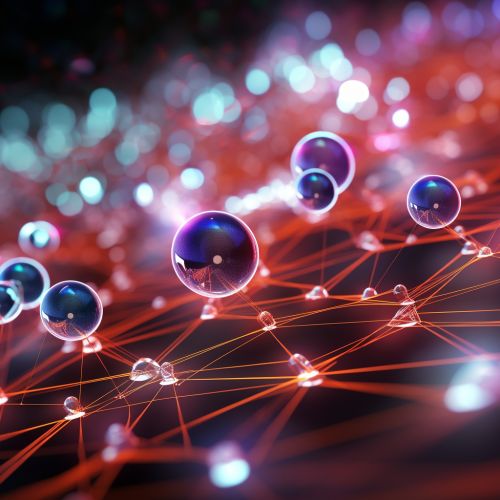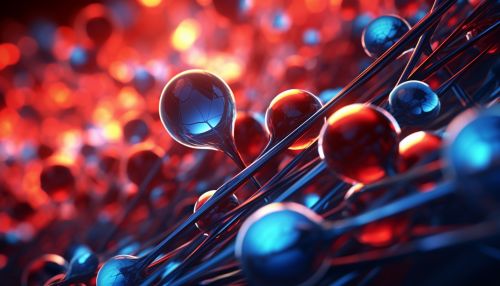Quantum Computing with Quantum Dot Molecules
Introduction
Quantum Computing with Quantum Dot Molecules refers to the use of quantum dots (QDs) as the basic building blocks for quantum computers. Quantum dots are nano-sized particles that possess unique optical and electronic properties due to their quantum mechanics nature. When these quantum dots are paired to form molecules, they can function as quantum bits (qubits), the fundamental units of information in quantum computing.


Quantum Dots and Quantum Computing
Quantum dots are semiconductor particles that can confine electrons in three dimensions, creating a zero-dimensional quantum system. This confinement allows the quantum dots to exhibit quantum mechanical properties, such as the quantization of energy levels. The energy levels of quantum dots can be manipulated by changing their size, shape, or composition, making them ideal for use in quantum computing.
In quantum computing, information is processed using quantum bits or qubits. Unlike classical bits that can only exist in a state of 0 or 1, qubits can exist in a superposition of states, allowing them to process a large amount of information simultaneously. This property of qubits is what gives quantum computers their potential for high computational power.
Quantum Dot Molecules in Quantum Computing
In quantum computing with quantum dot molecules, two quantum dots are paired to form a molecule. These molecules can function as qubits, with the two quantum dots representing the two states of the qubit. The quantum state of the qubit can be manipulated by applying an external electric or magnetic field, allowing for the implementation of quantum gates, the basic operations in quantum computing.
The advantage of using quantum dot molecules as qubits is that they are more robust to environmental noise compared to other types of qubits. This is because the quantum state of the qubit is determined by the relative states of the two quantum dots, rather than their absolute states. This makes quantum dot molecules a promising candidate for the realization of scalable quantum computers.
Challenges and Future Directions
Despite the potential of quantum dot molecules in quantum computing, there are still many challenges to be overcome. One of the main challenges is the fabrication of quantum dot molecules with precise control over their size, shape, and composition. This is necessary to ensure the uniformity of the qubits and the scalability of the quantum computer.
Another challenge is the control and measurement of the quantum state of the quantum dot molecules. While progress has been made in this area, further improvements are needed to increase the fidelity of quantum operations and the coherence time of the qubits.
Future research in quantum computing with quantum dot molecules will likely focus on addressing these challenges. This could involve the development of new fabrication techniques, the design of novel quantum dot molecules, and the exploration of new quantum computing architectures.
